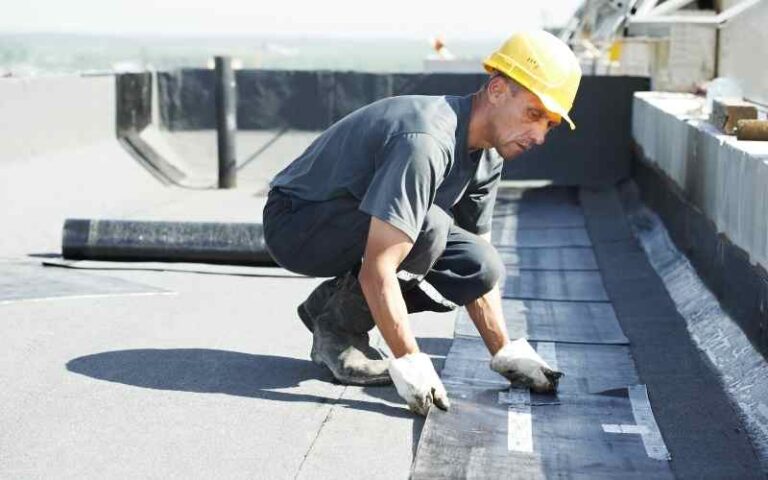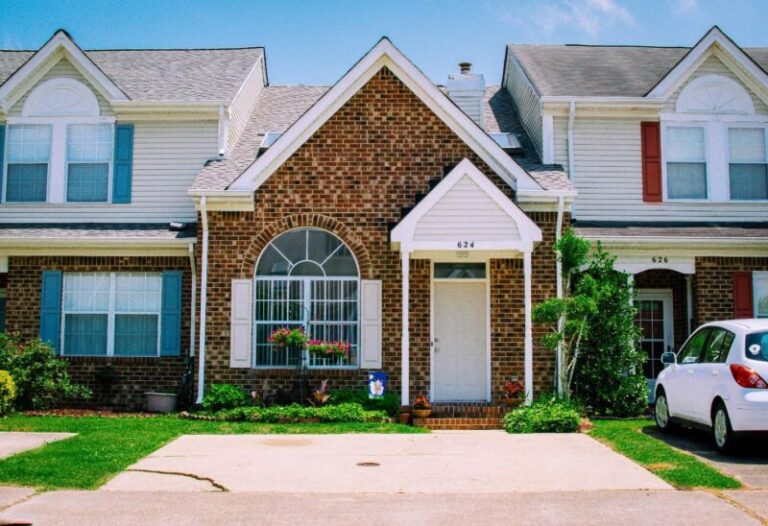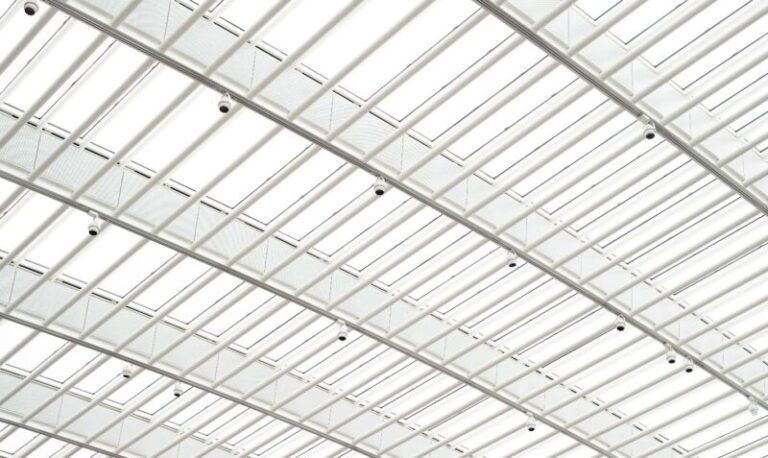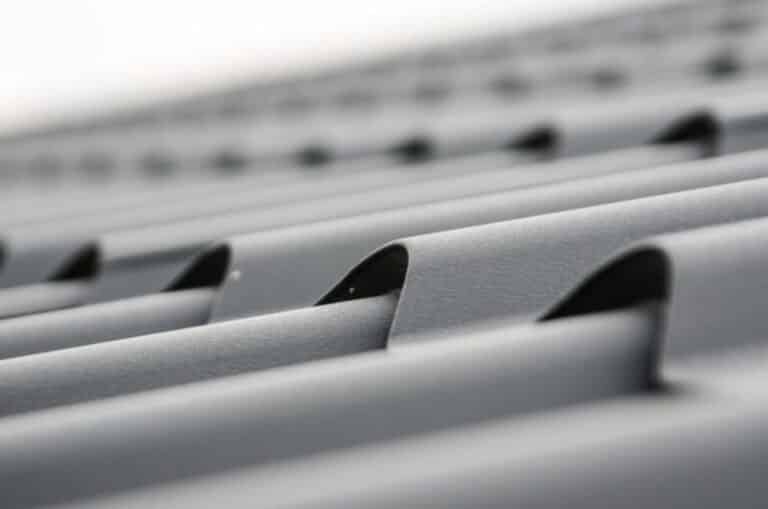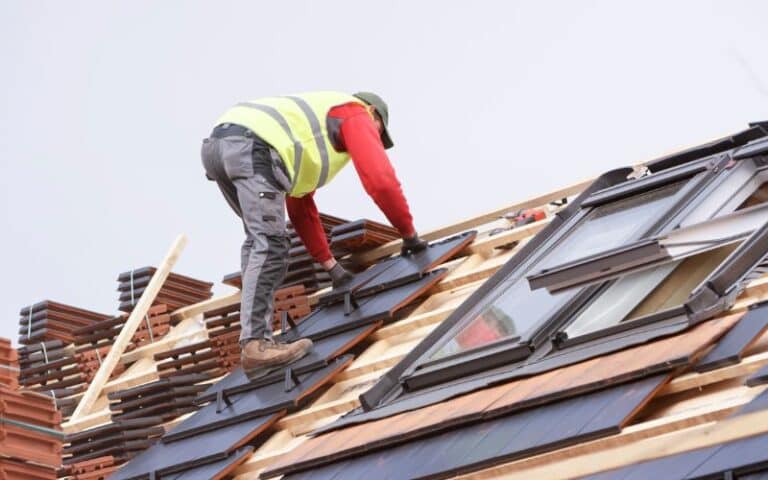Roofing tar is a versatile material. It is one of the best choices for various roofing applications on flat roofs because it is durable and waterproof.
The waterproof characteristics prevent it from being damaged by water, sunlight, and cold weather. Roof tar is a great option that you have at your disposal for your flat roofs to last long.
Roofing tar can last an average of 20 to 25 years. Although the roof’s average lifespan depends on several factors, proper maintenance and care regularly will make the roof last longer. The lifespan also depends on the nature and structure of the property.
Ready for a Roofing Quiz?
Does Roofing Tar Go Bad?
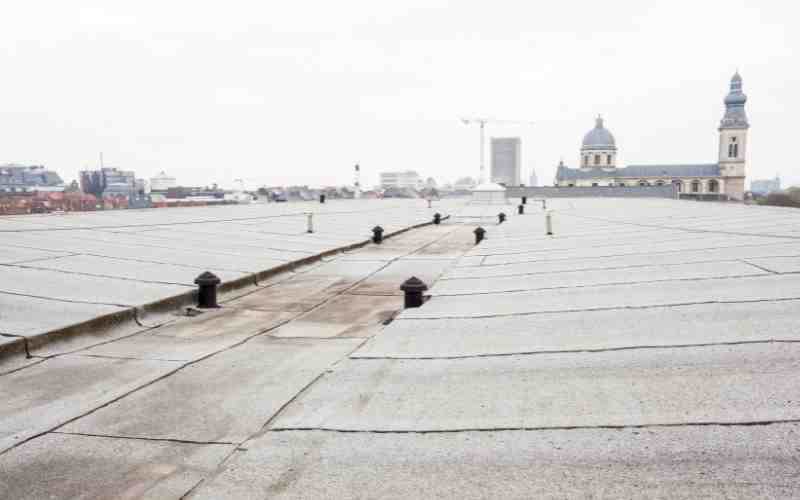
Roofing tar does go bad. Although, when roofing tar is adequately maintained, it will last for more than 20 years. On asphalt roofs, for example, roofing tar can last for 25 years.
Roofing tar can go bad for various reasons, starting from what they consist of and how they are built.
Firstly, roofing tar can go bad due to improper installation. This mainly occurs when the roofing tar is fixed by a non-professional.
Therefore, it is essential to hire someone who knows what they are doing regarding roofing services.
Also, poor maintenance can hasten a roof tar going bad. Proper and regular care helps to detect problems early and fix them.
If you ignore minor roof problems, you may need to buy a new one when a significant issue comes up.
Roofers use roofing tar to seal flashing together. Flashings contain thin pieces of metals that are put beneath shingles and on roof joints to create a barrier to rain and snow.
Roofing tar can rust over time and expose the concealed shingles. Roofing tar going bad is due to very cold weather, high winds, and heavy rains.
Does roofing Tar Get hard?
The application of roofing tar on the flat roof does not take time, but the hardening time takes time. Roofing tar becomes hard and toughens when the curing process is between 8 to 24 hours.
The hardening process can take a little longer than this due to the weather conditions and temperature of the environment.
This time depends majorly on the current weather conditions in your area. An area with high humidity will slow down the hardening process, while a hot environment will hasten the process.
Therefore, it is recommended to have your roof tar on during hot seasons when it is unlikely to rain.
Also, it is advisable to choose a season to apply roofing tar when the weather is not too hot to prevent the tar from becoming more viscous.
Roofing tar is very sensitive to temperature. Roofing tar will take a long time to get hard with a temperature below 70 degrees Fahrenheit.
However, high temperatures will make it denser, turning it into liquid. This is why roof tar is not advisable for slope roofs because it can drip off at high temperatures.
Also, you can increase the rate at which coal tar hardens up, mainly when applied to a patch on the roof. Plug a hairdryer and operate it sweeping over the patch until it is easy to press into the recently used roofing tar.
Since airflow hardens roofing tar faster, keep the hairdryer on and wait until it gets hardened up.
How Long Does Roof Tar Smell Last?
The smell of roof tar can last for weeks and even months. Roofing tar has a highly pungent odor which can get into your home and later spread to the environment.
The smell becomes serious during high temperatures and can affect people sensitive to odor.
Roof tar smell can aggravate some respiratory conditions such as asthma and other lung conditions. People with these conditions should avoid the roof tar smell when it is still very intense.
Although asphalt shingles roof has only a layer of tar, it still has a strong odor that can extend for weeks. In addition, using hot roofing tar can increase the concentration of the smell in the air.
Roofing tar contains some harmful chemicals, especially those that can cause cancer. The tar can form layers on the inner sides of the lungs, making the airways narrow, resulting in difficulty breathing.
This causes damage to the lungs and can cause cancer of the lungs and other obstructive pulmonary diseases.
Although the roofing tar smell will be something you have to endure for some time, you can hasten the process of the smell going away by increasing the house’s ventilation.
However, even with proper ventilation, the smell will still stay around for some time before it finally wears off.
However, you can make your house and environment smell better by using air fresheners on your air vents and planting flowers such as eucalyptus with a sweet-smelling odor.
You can also add some essential oils to the air filter to cover the smell of the roof tar.
What Is the Roofing Tar Formulation?
Roofing tar is made into different formulas and colors used in various roofing applications. Roofing tar is made from the byproducts of petroleum and coal tar.
Coal tar is the deep black or black-brown residue gotten while producing coal. For coal tar to be suitable for roofing, it should be refined and processed.
Generally, roofing tars are hydrocarbons. They contain mixtures that can be liquid at high temperatures or solid at low temperatures.
The three most common elements in coal tar are carbon, hydrogen, and oxygen. However, you can also find other elements such as nitrogen and Sulphur in roofing tar.
Roofing tar comes in two different formulations, depending on its mixture. There are hot-pour and cold-pour roofing tars.
Hot pour roofing tar is harder and is used as a protective layer and adhesive, while cold pour roofing tar is soft and used to fix leakages, cracks, and holes in the roof.
Different formulations of roofing tar are used because it is an excellent material for flat roofs. This is because it is highly resistant to ultraviolet rays, and constant exposure to the sun will not affect it.
It is also very effective in protecting your roof from harsh weather conditions and snow that generally accumulate on the roof during winter.
Roofing tar formulations vary by brand and type. Most of the roofing tar formulations are black.
However, they also come in lighter colors, such as silver and white. Below are other variations of roofing tar.
#1. Coal Tar Pitch
This is a unique type of tar with a high melting point of 150 degrees Fahrenheit. If properly installed and maintained, a coal tar pitch roof can last for about 40 years.
It is formed when coal tar is exposed to heat treatment.
#2. Asphalt Roofing Tar
Asphalt roofing tar is essential in making built-up roofing and shingles. Asphalt shingles roofs come in various sizes, including individual pieces, interlocking, and laminated pieces.
Asphalt roofing tar has a common application in industrial and commercial roofs.
#3. Coal Tar Bitumen
Coal tar bitumen is one of the residues gotten from the distillation of petroleum. It is majorly used as a layer for protecting roofing structures.
The disadvantages of using coal tar bitumen are that it is susceptible to harsh weather conditions and is less waterproof.
Conclusion
Roofing tar, a resin product found in asphalt shingles, is one of the essential materials used for roofing services. People mainly use it on sloped roofs and flat roofs.
Roofing tar has advantages over other roofing materials because it is very cheap, long-lasting, and durable. It is also easy to apply and readily available.
Roofing tar is versatile. You can use it beneath the shingles because of its waterproof ability in case of any leakage.

